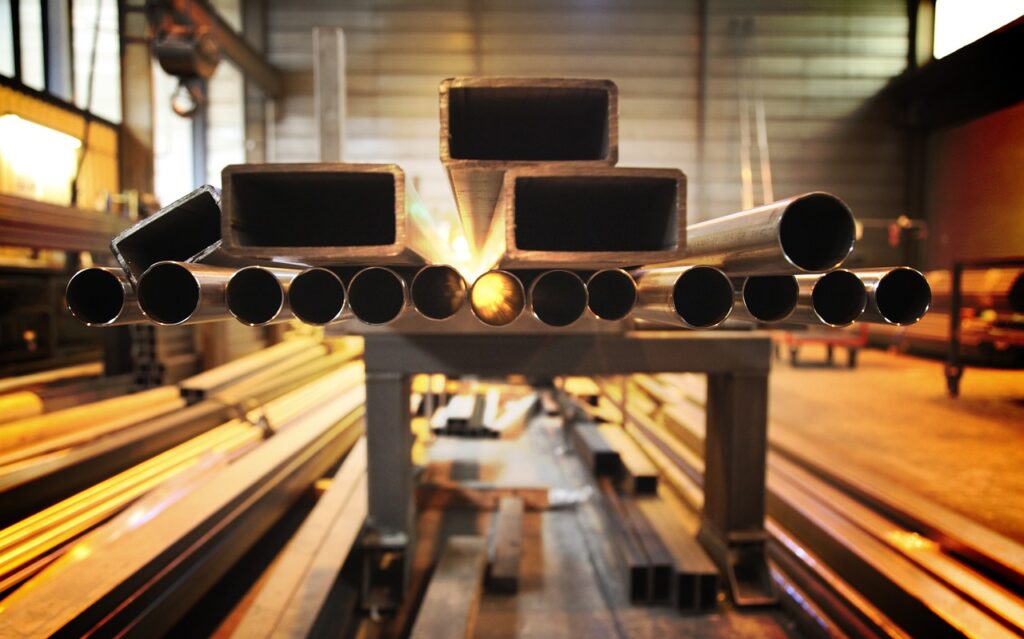Germany’s Thyssenkrupp Steel is set to launch a tender for the supply of renewable and low-carbon hydrogen, marking a pivotal step in the company’s commitment to decarbonizing its operations at the Duisburg site in west Germany.
The initiative comes as Thyssenkrupp Steel plans to replace a blast furnace with a direct reduced iron plant, a transformation supported by €2 billion in funds from the German government. The tender, set to be launched this quarter and possibly by early February, aims to secure a hydrogen supply that will play a crucial role in the decarbonization process.
Thyssenkrupp Steel’s Head of Hydrogen and Green Energy, Henning Weege, emphasized the company’s goal to contract 104,000 tons of hydrogen supply for 2028, equivalent to approximately 4.1TWh. This commitment is set to increase to 143,000 tons per year for 2029-35 and 151,000 tons per year for 2036-37.
The steelmaker is open to receiving hydrogen from renewable sources as well as from natural gas with carbon capture and utilization or storage (CCUS). A significant portion of the government support, amounting to €1.45 billion, is allocated to cover the extra costs associated with purchasing renewable hydrogen, underlining the company’s dedication to environmentally friendly solutions.
Despite the preference for renewable hydrogen, Thyssenkrupp Steel acknowledges the need for gas-based hydrogen with CCUS, especially considering the limited availability of renewable hydrogen in the coming years. Weege stated that initially, gas-based hydrogen provides a more reliable baseload supply, ensuring stability during the transition period. However, the company remains optimistic that the share of renewable hydrogen will grow steadily in the 2030s as availability increases.
The logistics of the hydrogen supply involve delivery via pipeline to Duisburg, with the possibility of accessing a core network connecting Germany with the Netherlands, Belgium, and Denmark by the late 2020s. This network could potentially enable supply delivery via ship to ports in neighboring countries, enhancing accessibility to hydrogen, including in the form of ammonia.





